As political tensions rise in the U.S. ahead of the 2026 presidential race, Wall Street is once again feeling the ripple effects of Donald Trump’s aggressive posture toward Federal Reserve Chair Jerome Powell. Recent remarks by the former president—suggesting Powell could be fired or replaced—have sent financial strategists scrambling for new ways to protect portfolios from growing uncertainty.
What began as subtle criticisms of Powell’s policy direction has escalated into overt threats. Trump has publicly questioned Powell’s leadership, hinted at misuse of funds during Fed building renovations, and even suggested the possibility of removal. Though he later backtracked, stating that such action would be unlikely without proof of wrongdoing, the damage to market confidence had already been done.
Investors React Swiftly
Trump’s statements have forced traders and analysts to rethink conventional strategies. A growing number of market players are betting that a Trump-influenced Fed would shift quickly toward aggressive rate cuts. As a result, investment houses are adjusting bond positions—buying short-term Treasuries and shorting long-term notes—to hedge against sudden policy shifts and potential curve inversions.
The move reflects a deeper anxiety: that the central bank’s independence may be compromised under renewed political pressure. If the Fed becomes politically influenced, decisions on interest rates could begin to reflect electoral calculations rather than economic fundamentals.
Fear of a Politicized Federal Reserve
The Federal Reserve has long prided itself on being shielded from direct political influence. Yet Trump’s past and present confrontations with Powell have triggered concern among economists, banking executives, and global investors alike. Financial leaders argue that the integrity of monetary policy depends on that independence—and that interfering with it could invite inflation, volatility, and long-term instability.
Behind the scenes, investors are preparing for every scenario. Some firms are reviewing what a new Fed Chair might mean for inflation targets, unemployment management, and currency strength. Others are drawing comparisons to global markets where central banks have been subject to government pressure—with sobering outcomes.
Uncertainty Clouds the Path Forward
Although Powell’s term is set to end in mid-2026, Trump’s comments have stirred speculation that he might attempt to replace the Fed chair earlier if re-elected. Potential replacements, ranging from loyal economic advisors to Trump-aligned financial strategists, are already being discussed in private circles.
This uncertainty poses real risks. Markets thrive on predictability and stability—two qualities that could erode if the Fed is thrust into political theater. Whether or not Powell is actually removed, the mere suggestion casts a long shadow over investor confidence.
Conclusion: The Stakes Are High
Wall Street is not just reacting to political theater—it’s responding to the growing fear that economic policy could be dictated by campaign rhetoric instead of hard data. While the central bank remains committed to its mandate, pressure from political leaders threatens to undermine its credibility.
In this climate, investors are bracing for the unpredictable, hedging their bets not just against inflation or interest rates—but against political interference itself. The question now is not only what the Fed will do next, but who will be calling the shots.

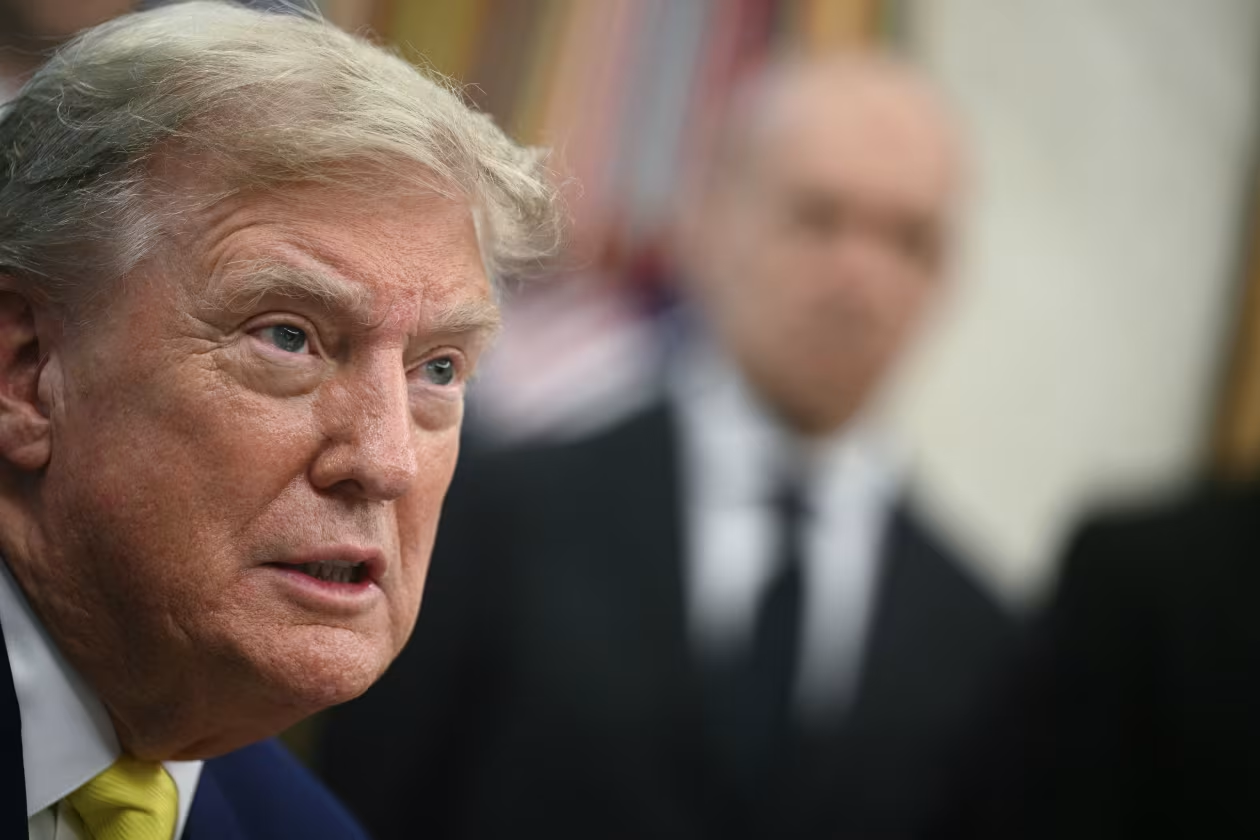
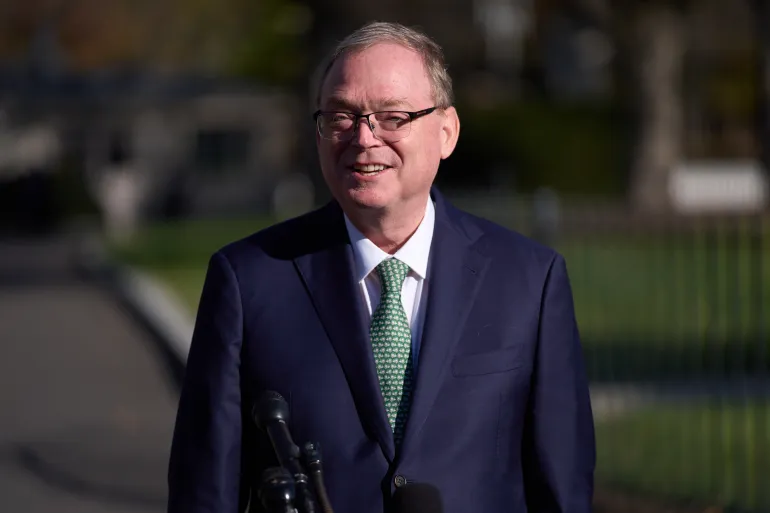
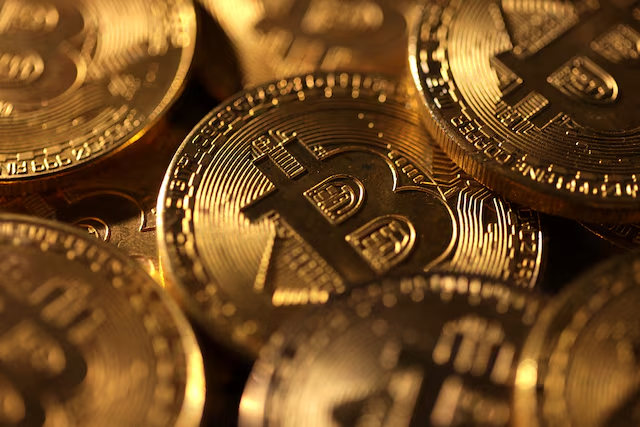


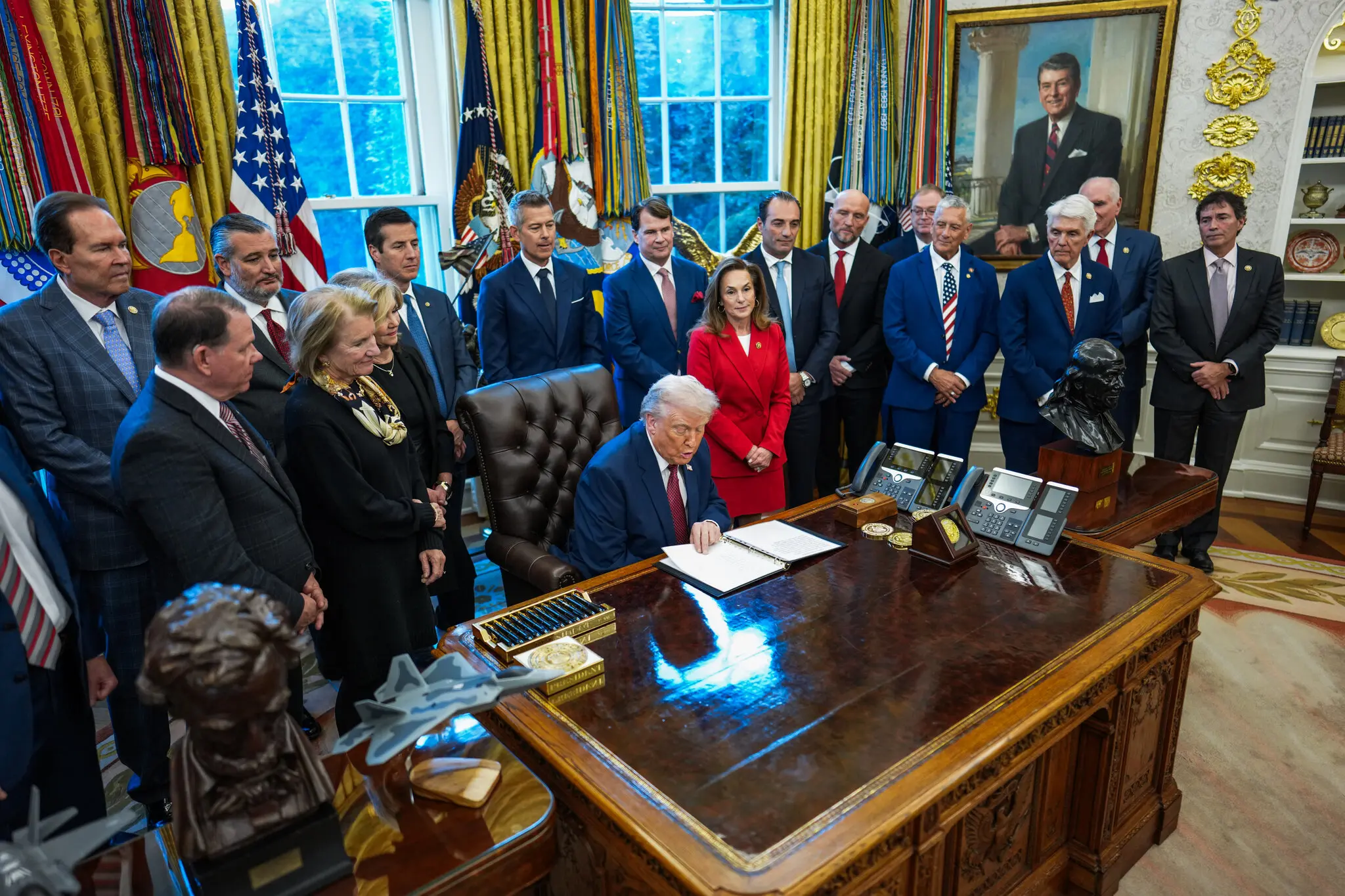
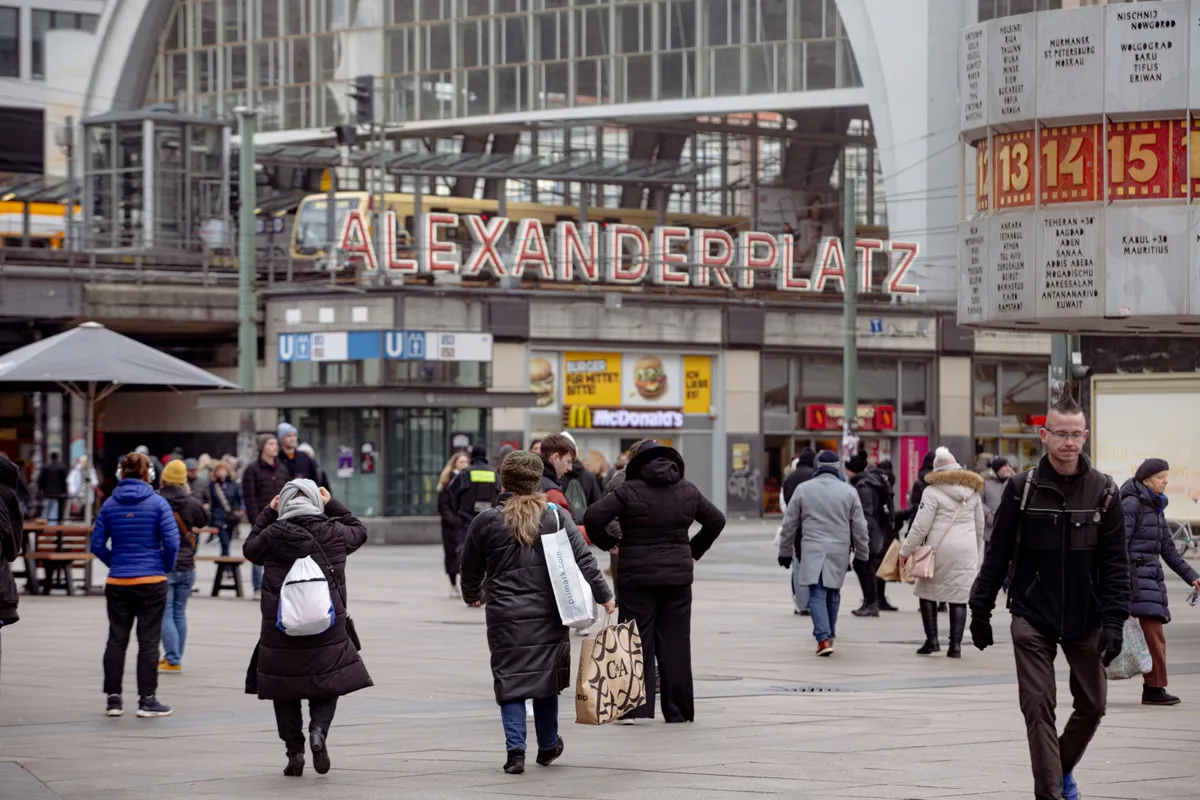
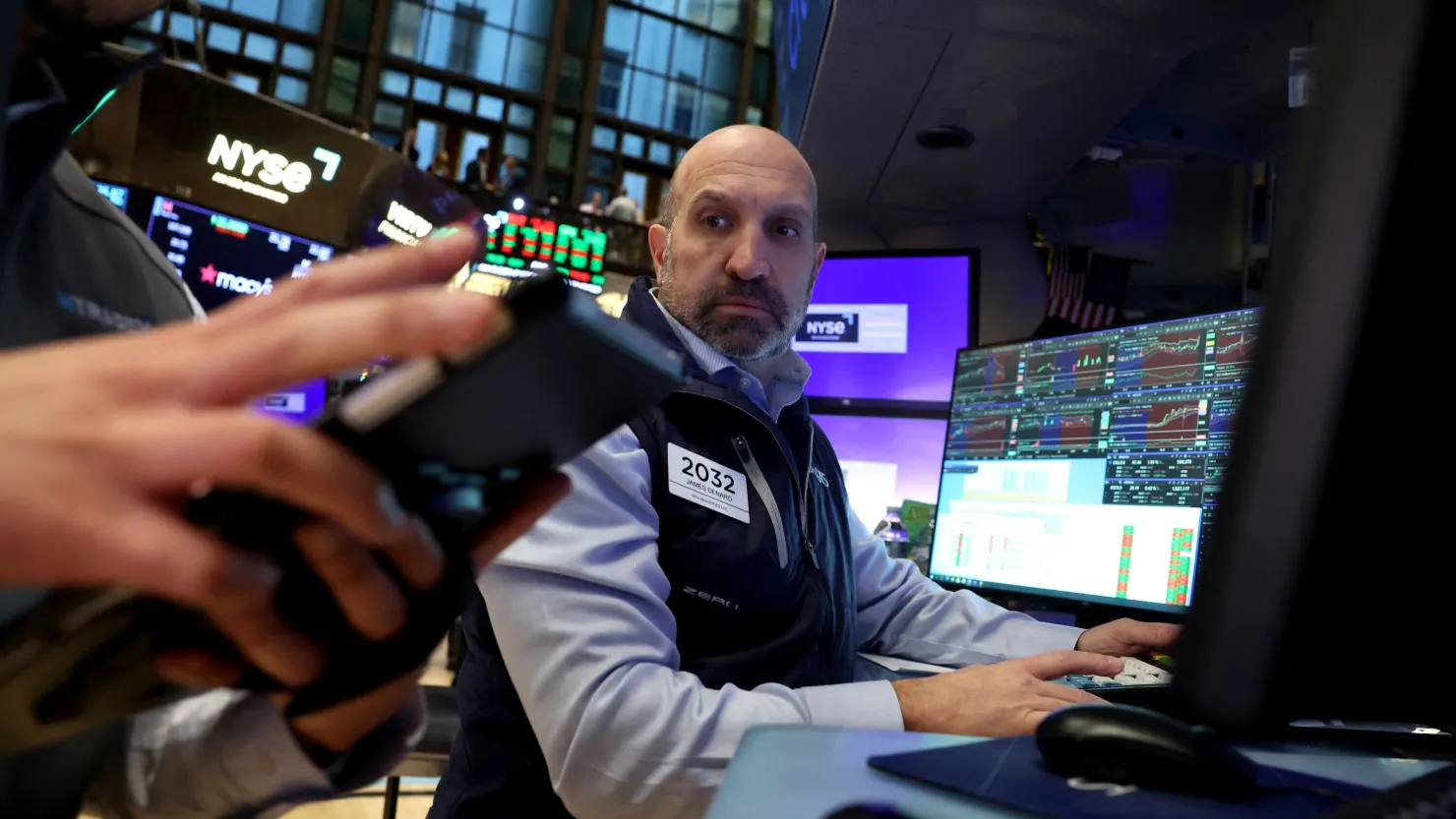
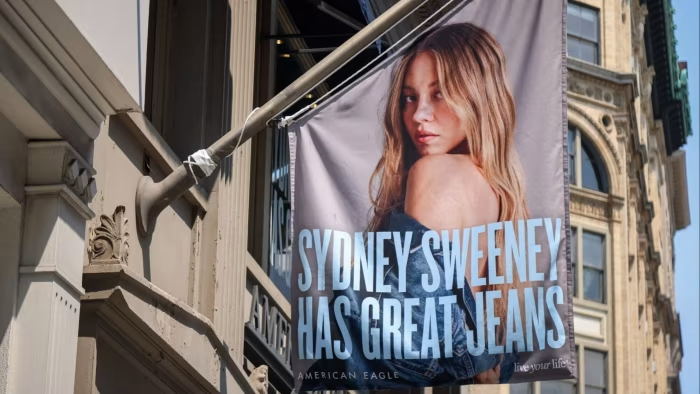
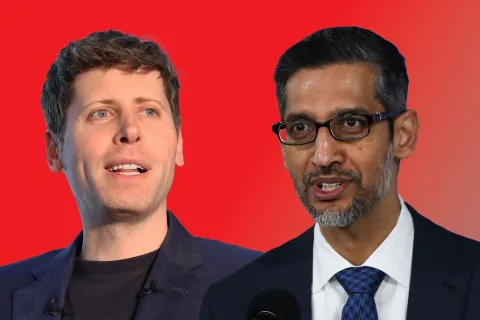
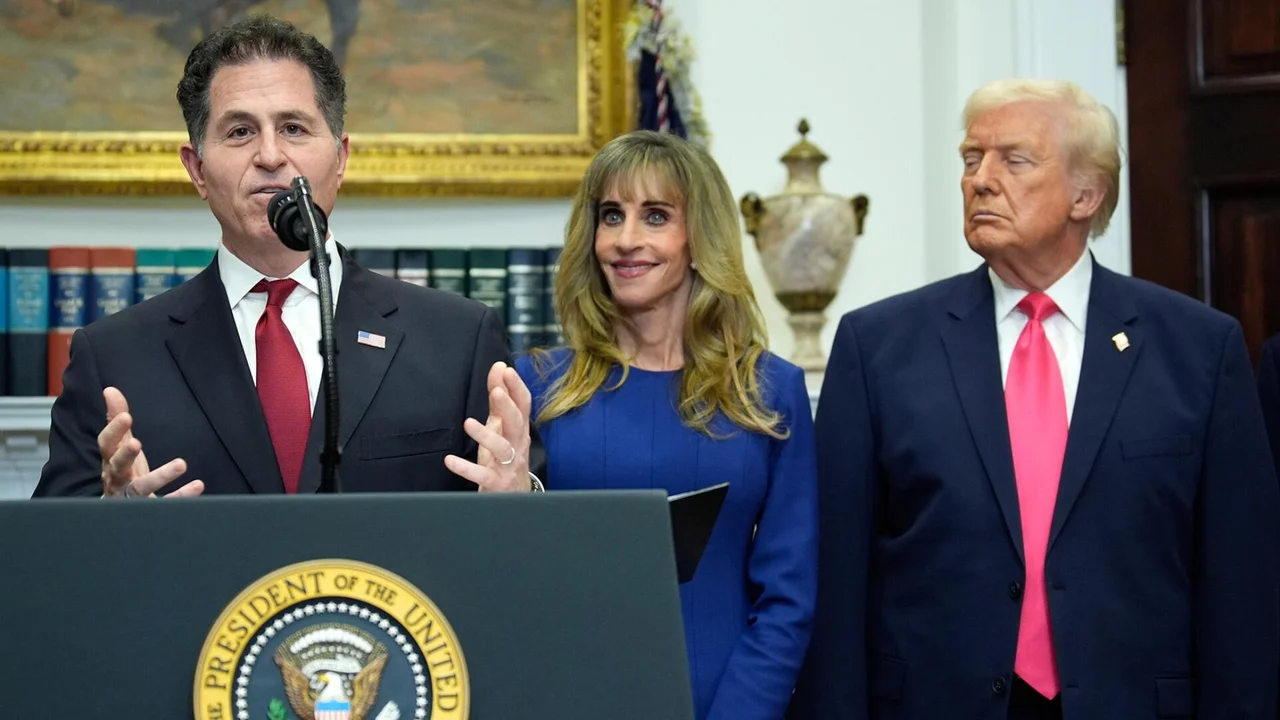




Leave a Reply